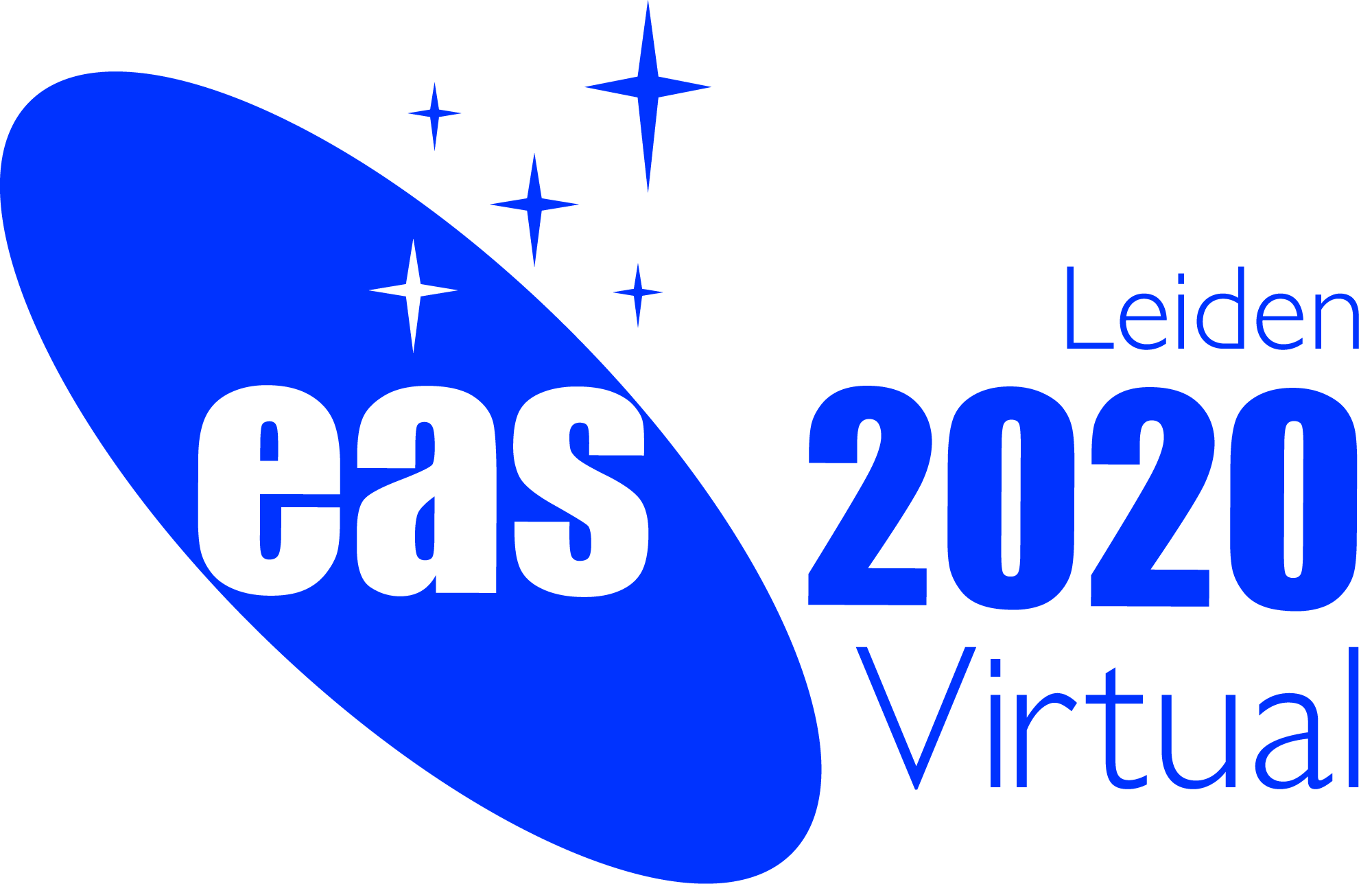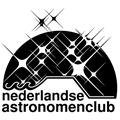Symposium S13
1 - 2 July 2020
Probing cosmic dawn with current and future facilities and simulations
Aims and scope
 One of the key questions of modern extragalactic astronomy is to pinpoint the birth of the first generation of stars and galaxies and constrain their role in re-ionising the Universe. Results from state-of-the-art simulations place such "Cosmic Dawn" at ~200 Myr after the Big Bang, corresponding to a redshift of z~20, whilst the recent detection of redshifted 21cm absorption in the Cosmic Microwave Background adds observational evidence for the arrival of the first generation of stars and galaxies at redshifts of z~17. Confirmation with NIR and sub-mm observations at such high redshifts (z~11) remains well beyond the capabilities of current ground- and space-based instruments and as such pinpointing the start of Cosmic Dawn has, until now, relied on indirect evidence from simulations and observations of distant galaxies at z~8. Recent studies aiming to constrain the timing of their formation from inferred ages and stellar masses have revealed mature stellar populations with ages in excess of ~300 Myrs (starting just after the Big Bang), with stellar masses and star formation rates not easily reproduced by contemporary numerical simulations. Thus, understanding the underlying physical processes behind the evolution of these galaxies (stellar mass growth, dissipation of ionising energy, gas and electron densities) remains one of the major objectives towards gaining a thorough understanding of the arrival of the first generation of stars and galaxies.
One of the key questions of modern extragalactic astronomy is to pinpoint the birth of the first generation of stars and galaxies and constrain their role in re-ionising the Universe. Results from state-of-the-art simulations place such "Cosmic Dawn" at ~200 Myr after the Big Bang, corresponding to a redshift of z~20, whilst the recent detection of redshifted 21cm absorption in the Cosmic Microwave Background adds observational evidence for the arrival of the first generation of stars and galaxies at redshifts of z~17. Confirmation with NIR and sub-mm observations at such high redshifts (z~11) remains well beyond the capabilities of current ground- and space-based instruments and as such pinpointing the start of Cosmic Dawn has, until now, relied on indirect evidence from simulations and observations of distant galaxies at z~8. Recent studies aiming to constrain the timing of their formation from inferred ages and stellar masses have revealed mature stellar populations with ages in excess of ~300 Myrs (starting just after the Big Bang), with stellar masses and star formation rates not easily reproduced by contemporary numerical simulations. Thus, understanding the underlying physical processes behind the evolution of these galaxies (stellar mass growth, dissipation of ionising energy, gas and electron densities) remains one of the major objectives towards gaining a thorough understanding of the arrival of the first generation of stars and galaxies.
Similarly, in the local Universe, strongly star-forming galaxies have been identified with physical properties closely resembling those currently observed in high-z galaxies. Their proximity has allowed us to use these "analogues" as local laboratories for studying chemical abundances, enrichment, star-formation and feedback using detailed spatially-resolved observations (particularly with Integral Field Spectroscopy), and hence probe and predict the properties of the high-z Universe.
2020 will mark the beginning of an exciting new era for astronomy with the arrival of several large space-based (e.g., JWST, WFIRST, SPICA) and extremely large ground-based (e.g., TMT, ELT, GMT) observatories. These new instruments will push back the observational frontier of the Universe and allow us to probe the first instances of stellar and galaxy formation and growth. As such, EAS 2020 is perfectly timed to review recent progress from observations and simulations, as well as provide key updates on the status of the future facilities that will play a key role in mapping out the evolution of primordial galaxies, prior to their first light. In this framework, we encourage all speakers to discuss how they will use these coming facilities in their field of research.
In this session, we aim to bring together the communities working on star-forming galaxies in the very high-redshift Universe and their local analogues, as well as those dedicated to making the next generation facilities a success. We will also discuss the state-of-the-art theoretical models/simulations of stellar populations, atmospheres, ionised gas nebulae and chemical evolution, which are critical for understanding the detailed properties of the star-forming galaxies in the local and distant Universe. Thus, this session will be a great opportunity to share knowledge between observers and modellers, discuss the lessons learnt from the existing observations, in order to make better use of the future facilities and unravel the mysteries of the distant Universe.
Programme
- The timing of Cosmic Dawn: when did the first stars and galaxies appear in the Universe?
- What were the physical properties of the first galaxies and how they evolved with time?
- What is the contribution of the first galaxies to the Epoch of Cosmic Reionisation?
- How local analogues of the first galaxies could help us prepare for future observations with JWST, ELT etc?
- What will be the capabilities of future facilities and what does this entail for progress on this topic?
Invited speakers
- Rychard Bouwens (Leiden Observatory)
- Michele Cirasuolo (ESO)
- Emma Curtis-Lake (Kavli Institute for Cosmology)
- Christophe Dumas (TMT)
- Ylva Gotberg (Carnegie Observatories)
- G÷ran Ístlin (Stockholm University)
Scientific organisers
- Nimisha Kumari (US) (co-chair)
- Nicolas Laporte (UK) (co-chair)
- Guido Roberts-Borsani (US) (co-chair)
- Alessandra Aloisi (US)
- Ricardo Amorin (Chile)
- Richard Ellis (UK)
- Bethan James (US)
- Guilaine Lagache (France)
- Roberto Maiolino (UK)
- Ross McLure (UK)
- Roser Pell˛ (France)
- Laura Pentericci (Italy)
- Enrique Perez-Montero (Spain)
- Renske Smit (UK)
- Alina Streblyanska (Spain)
- Harley Katz (UK)
Contact
Nimisha Kumari (kumari @ stsci.edu), Nicolas Laporte (nl408 @ cam.ac.uk) and Guido Roberts-Borsani (guidorb @ astro.ucla.edu)
Updated on Wed Dec 04 21:55:22 CET 2019
|

 A power cut will shut down all EAS services on Tuesday, 10 January 2017 starting at 7:30 CET.
A power cut will shut down all EAS services on Tuesday, 10 January 2017 starting at 7:30 CET.



